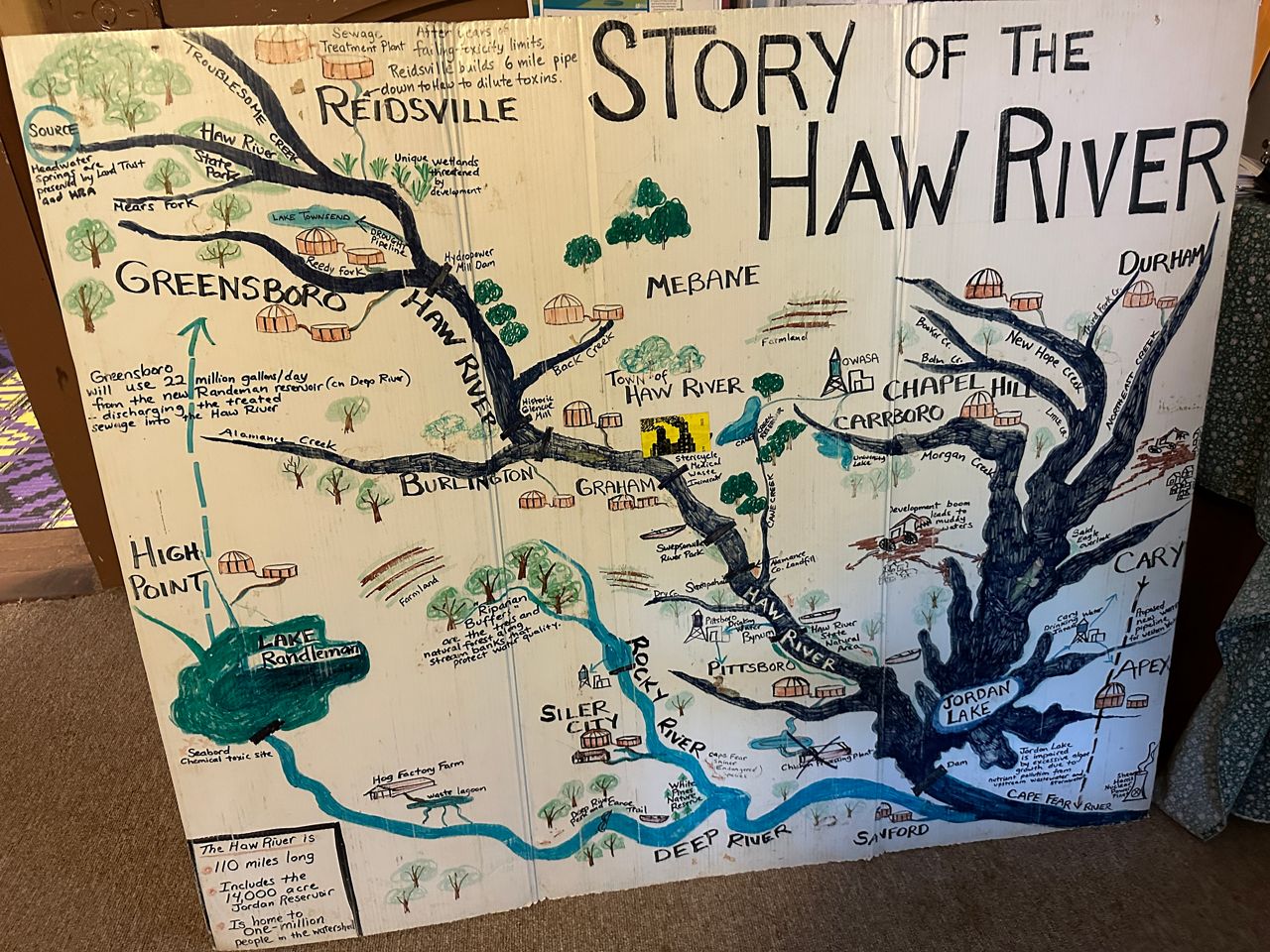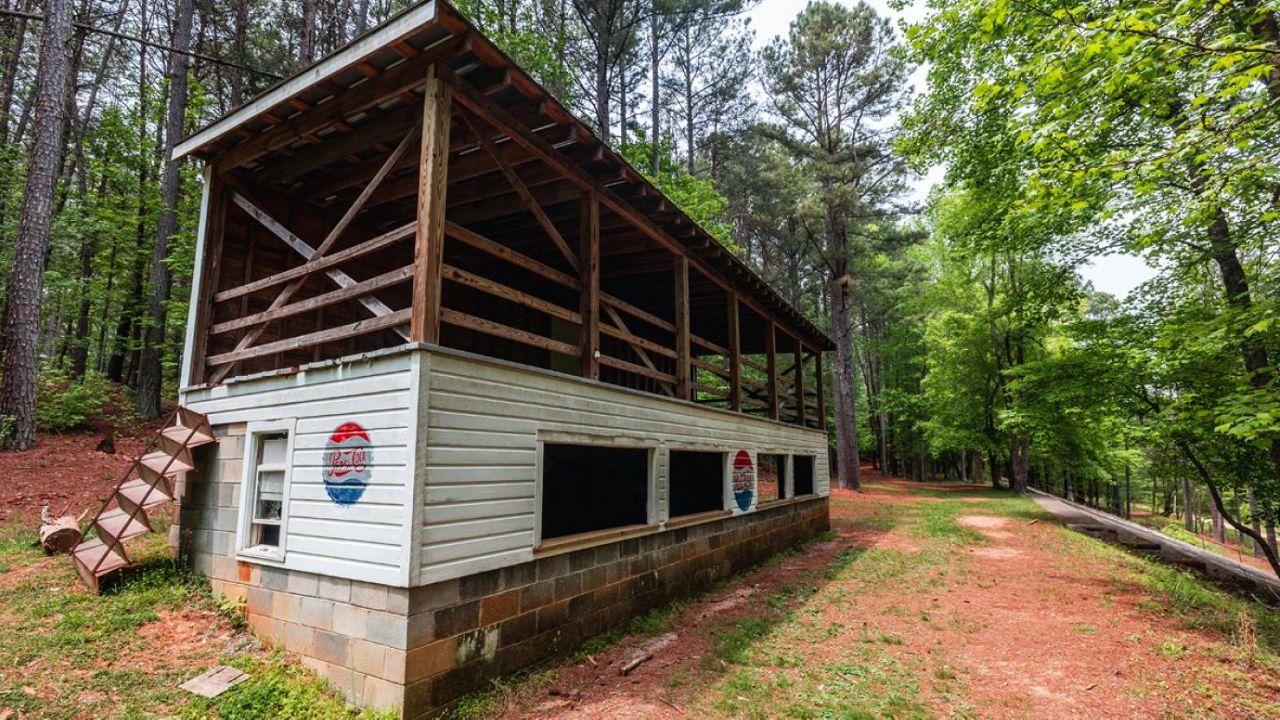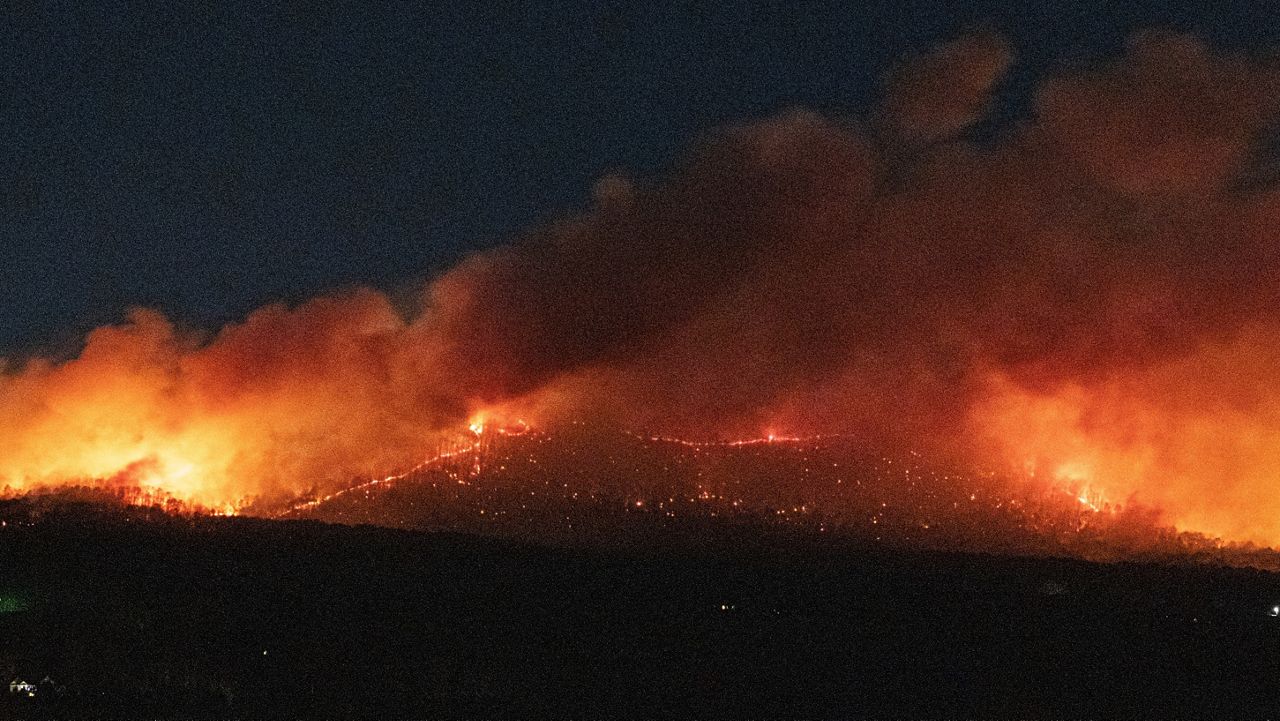New limits for the amount of PFAS chemicals in drinking water were set by the EPA this week.
Over 300 water systems in the state are now over the allowed limit according to the state Department of Environmental Quality, including 42 municipal water systems serving millions of residents and about 20% of small public water systems tested, according to the agency.
What You Need To Know
- North Carolina has been granted $29 million out of a $1 billion federal effort to limit PFAS chemicals
- The Haw River, which feeds into the Cape Fear River, has seen high amounts of PFAS for years
- Millions of North Carolinians who use the Haw River for their drinking water are being exposed to dangerous chemicals
- One city says to bring its plant up to new requirements will cost over $35 million
PFAS, also known as “forever chemicals,” have been found in water many cities use for drinking across the state. The contaminants come from being dumped through wastewater, sludge from agricultural fields and other sources. The chemicals have been connected to cancers, low birth weight and other health issues.
Elaine Chiosso, the executive director of the Haw River Assembly, has called the area home for years.
“Being part of the Haw River Assembly, it's been a great way to use the love of the rivers with my own knowledge of the science," Chiosso said. "And then we bring in teaching what we know to the public and school kids. It's just been a great way to do all of this.”

The nonprofit group was founded almost 40 years ago to help protect and restore the Haw River and Jordan Lake. Last year the Haw River Assembly released its 2023 State of the Haw Report, the first time the group has released a comprehensive report of this extent.
“I think we've seen an increase in the amount of these chemicals being used for various, various applications,” Chiosso said.
The EPA’s announcement of the new regulations creates stricter limits on six PFAS substances. The new rules give public water systems three years to complete testing for PFAS and five years to comply with the new levels.
“We have not seen the legislature so willing to pass new environmental regulations. The Department of Environmental Quality will be pushing for this. And hopefully this will encourage more, you know, more work,” Chiosso said.
The new regulations also came with a new federal funding announcement. The EPA plans to spend $1 billion on PFAS cleanup efforts, and North Carolina will be getting $29 million.
While there has been no official announcement of where and how the $29 million will be spent in within the state, facilities around the Haw River could be a candidate.
Burlington Water Resources Director Bob Patterson says the city will need to make adjustments at least one of its plants to meet regulations.
“We have two separate reservoir systems that feed the two separate plants. At our Mackintosh Water Treatment Plant and Mackintosh Reservoir, there is some PFAS there, but generally they will meet the rules as proposed with hopefully some process optimization, some additional powder-activated carbon feed and more monitoring. So we don't expect a large capital project there at this time,” Patterson said.
“At the Ed Thomas Water Treatment Plant, which is our older plant, we have levels of PFAS that will exceed those regulatory requirements, and we're expecting to have a major capital project," he said. "Very preliminary estimates of $35 million to $40 million to address that, plus significant operation and maintenance costs that will be ongoing on an annual basis.”
Patterson said Burlington has already received grant money that will help determine what actions need to be taken.
“We've been assessing, taking samples for almost four years now in our both our raw water, which is the untreated water that comes from the lakes, and also our treated drinking water at both of our treatment plants,” he said.

He says the water in Burlington is safe to drink and although renovations to make the Ed Thomas Water Treatment Plant up to par will cost more than North Carolina was granted as a whole; he remains optimistic.
“We hope that that will further give confidence to our consumers that we’re providing clean and safe drinking water,” Patterson said.
Chiosso says although the new PFAS regulations are a huge step in the right direction, the contaminants should be stopped at the source.
“It’s a long time coming, but to finally see some real results, some real legislation happening here or regulatory in North Carolina, it’s going to be an uphill battle,” she said.
She says the amount of funding shows how much of an issue PFAS truly is within the state.
“This is only one of the kinds of chemicals we’re worried about in the whole river,” she said.









